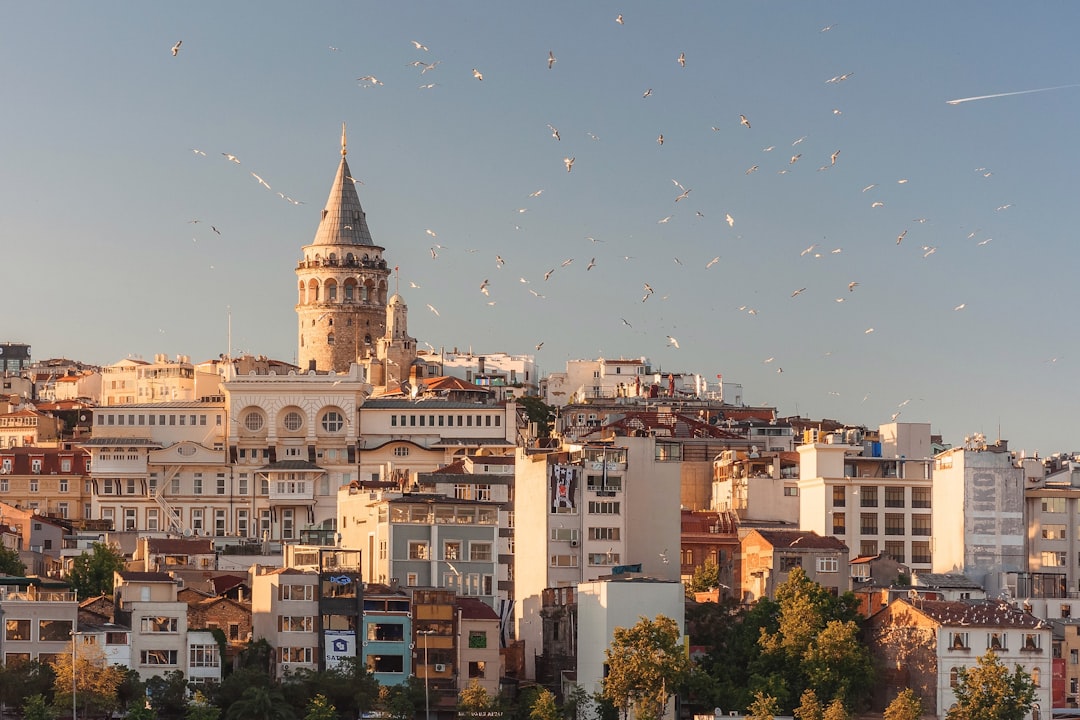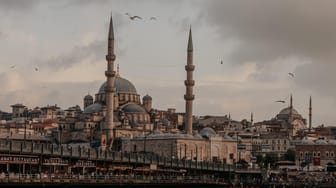Hagia Irene





What people say
Pedro Pereira
Available for hire
"Construction of Hagia Irene dates back to the 4th century, making it one of the oldest churches in Istanbul. It was commissioned by Emperor Constantine the Great, the very founder of Constantinople.
The name "Hagia Irene" translates to "Holy Peace," reflecting the church's dedication to peace and its role as a spiritual sanctuary.
Throughout its long history, Hagia Irene has witnessed pivotal moments in Byzantine history. It served as a place of refuge for emperors and a venue for important religious ceremonies.
Hagia Irene's story is one of resilience. It survived earthquakes, fires, and even riots like the Nika Revolt in the 6th century. After the Ottoman conquest of Constantinople, Hagia Irene wasn't converted into a mosque like its neighbor Hagia Sophia. Instead, it became an imperial arsenal, storing weapons and ammunition for centuries.
In the 19th century, Hagia Irene underwent restoration and was eventually opened to the public as a museum in 1973.
Today, visitors can explore its impressive architecture, including the central dome, the spacious main hall, and the beautiful mosaics adorning the narthex (entrance hall).
Hagia Irene's significance extends beyond its historical and architectural value. It serves as a symbol of religious tolerance and peaceful coexistence, a testament to the city's multifaceted past. Exhibitions and cultural events are often held within its walls, making it a vibrant center for artistic expression."
Mentioned in these guides
About Hagia Irene
Get the inside scoop on Hagia Irene from local experts, travel creators, and tastemakers. Browse genuine trip notes, Hagia Irene reviews, photos, travel guides, and itineraries from real travelers and plan your trip with confidence.
Phone
Save this spot for later or start mapping out a new trip today
Try our AI Travel Assistant and get instant answers to any questions about your trip.
Ask ThatchGPT


